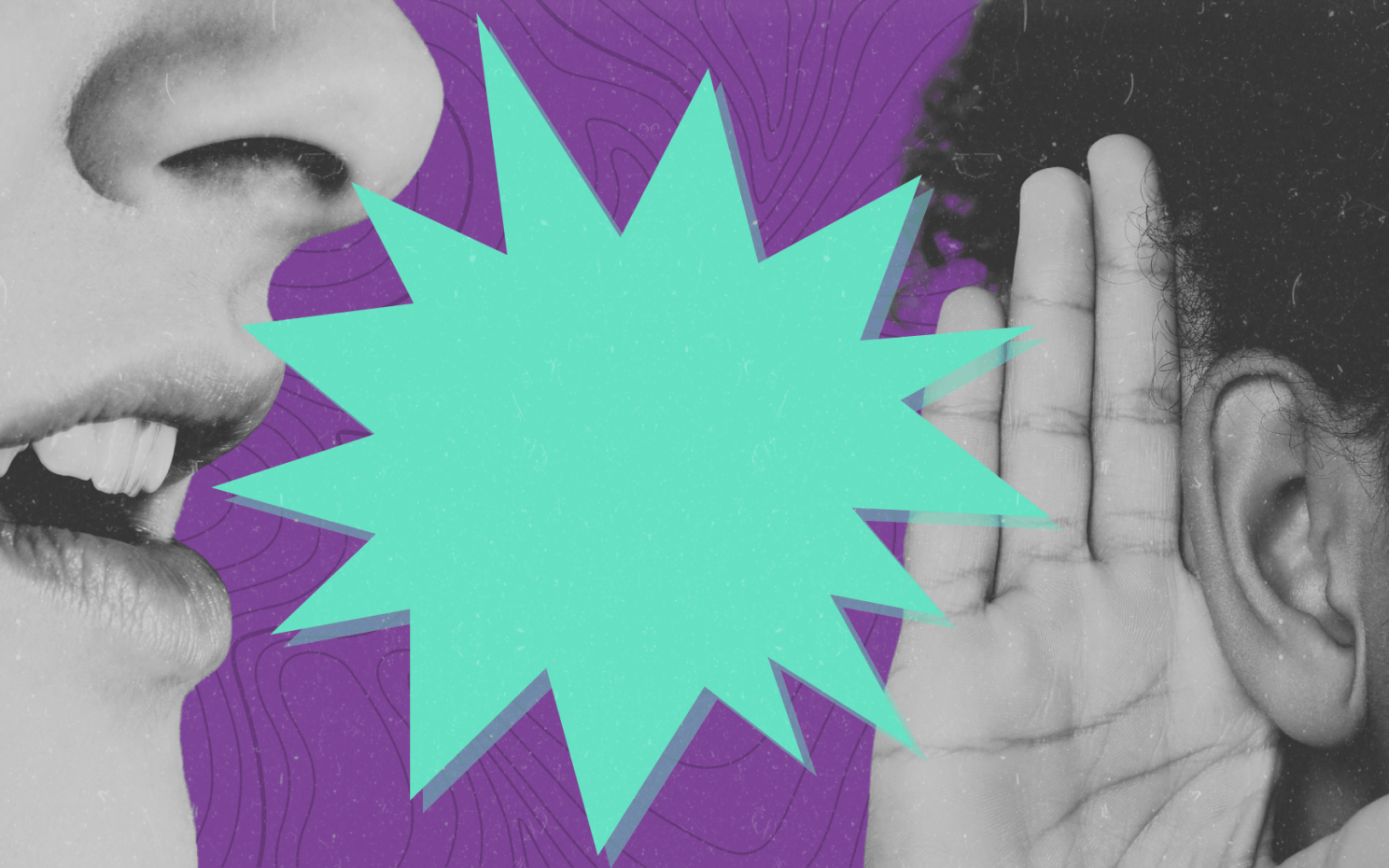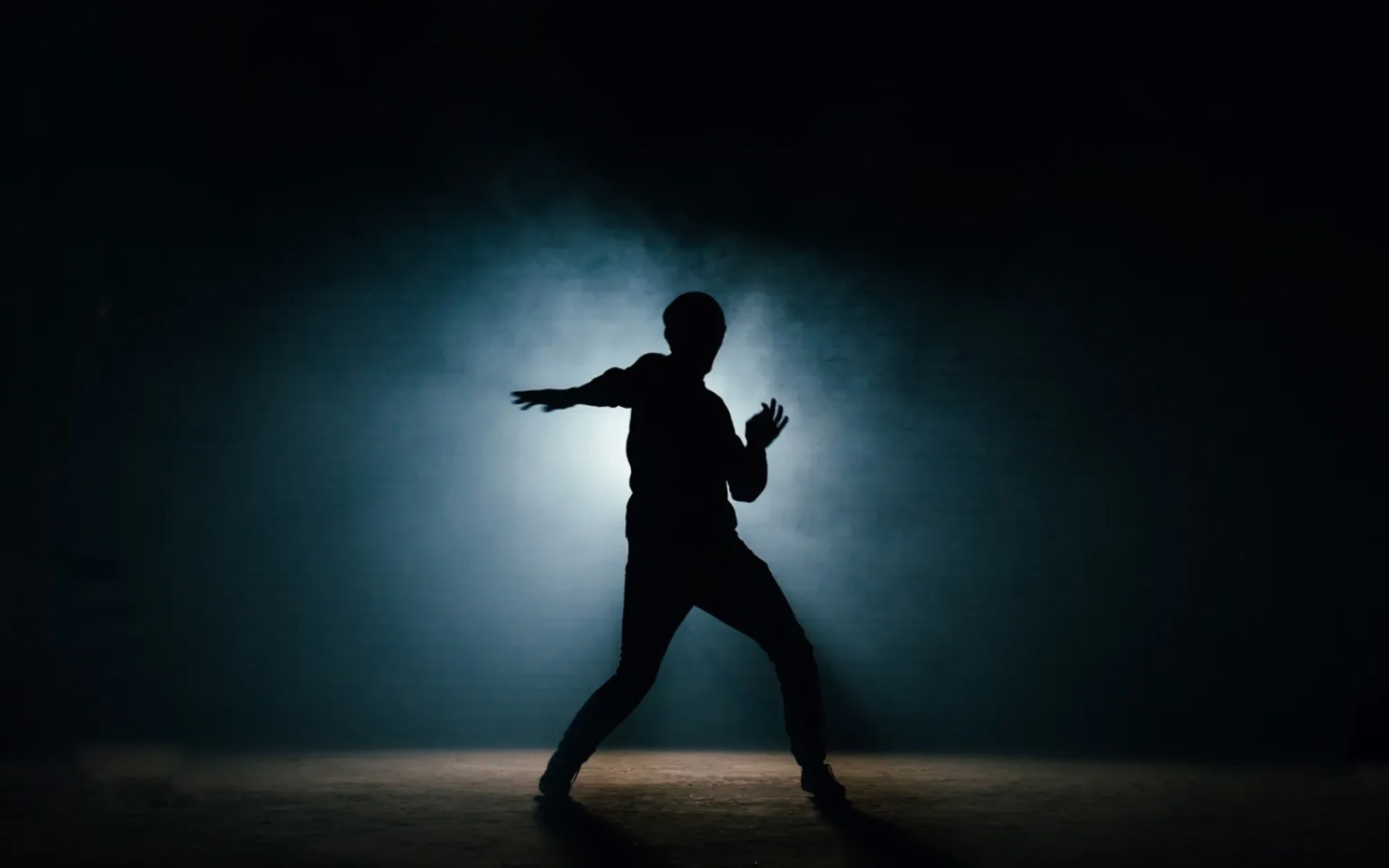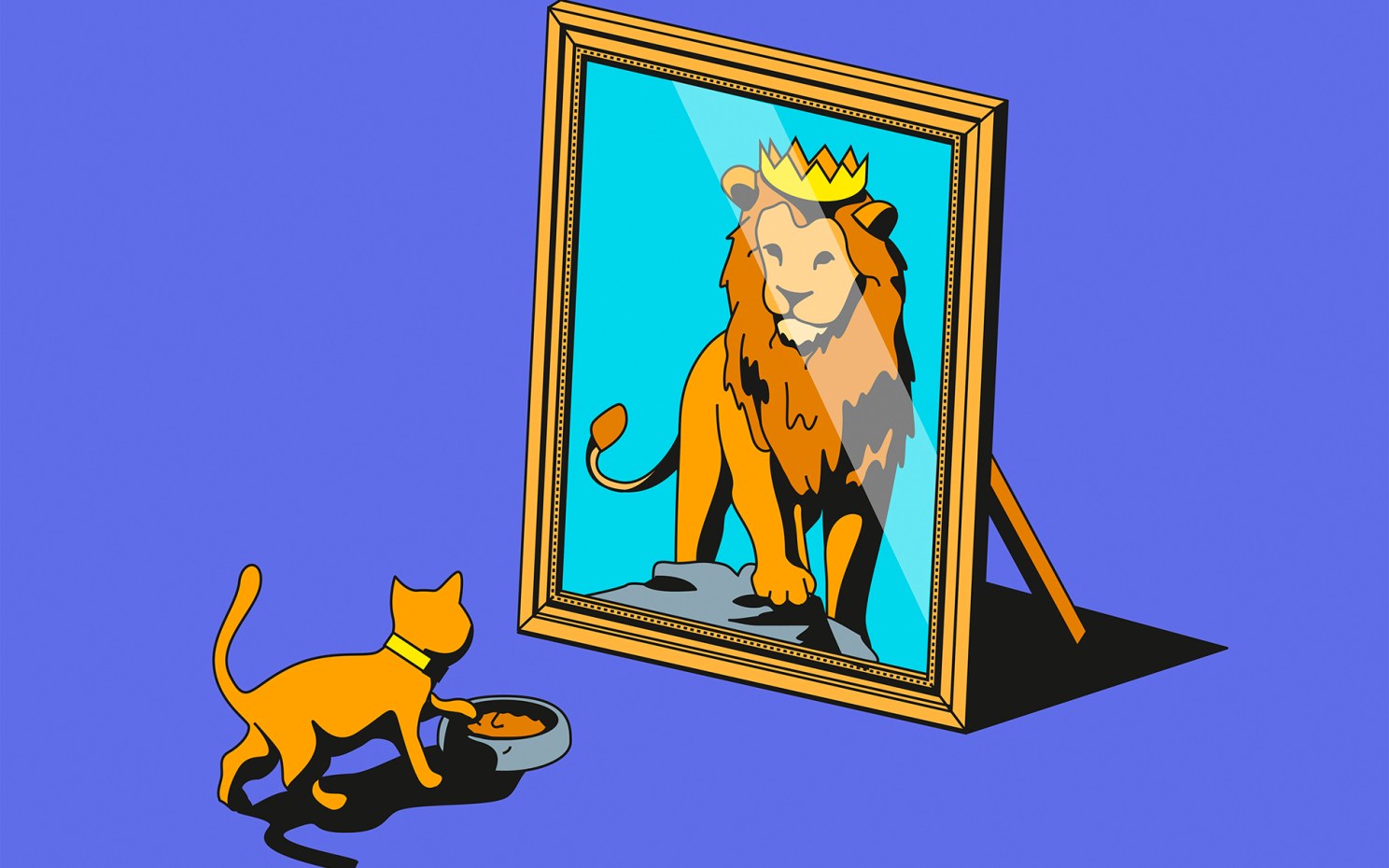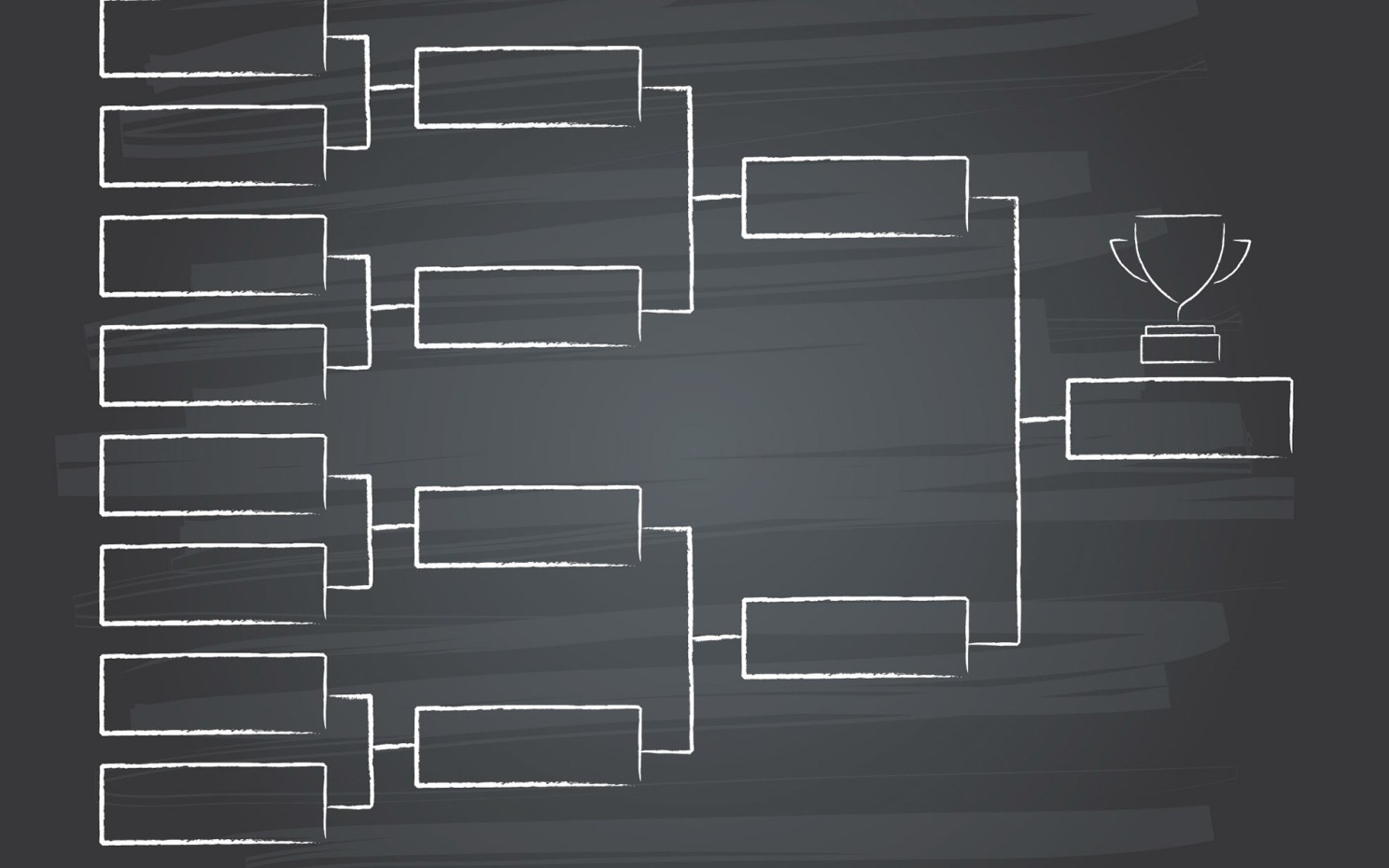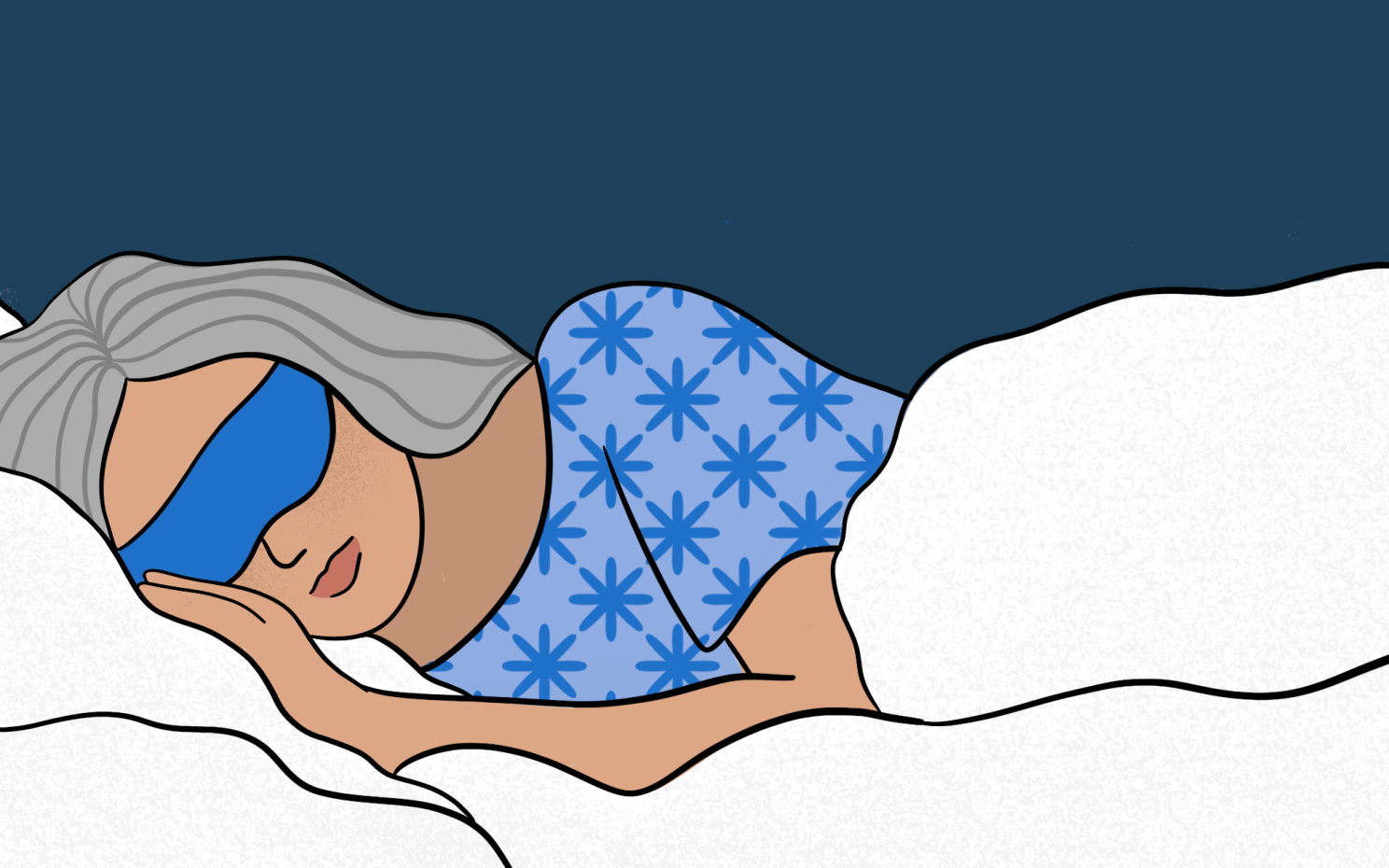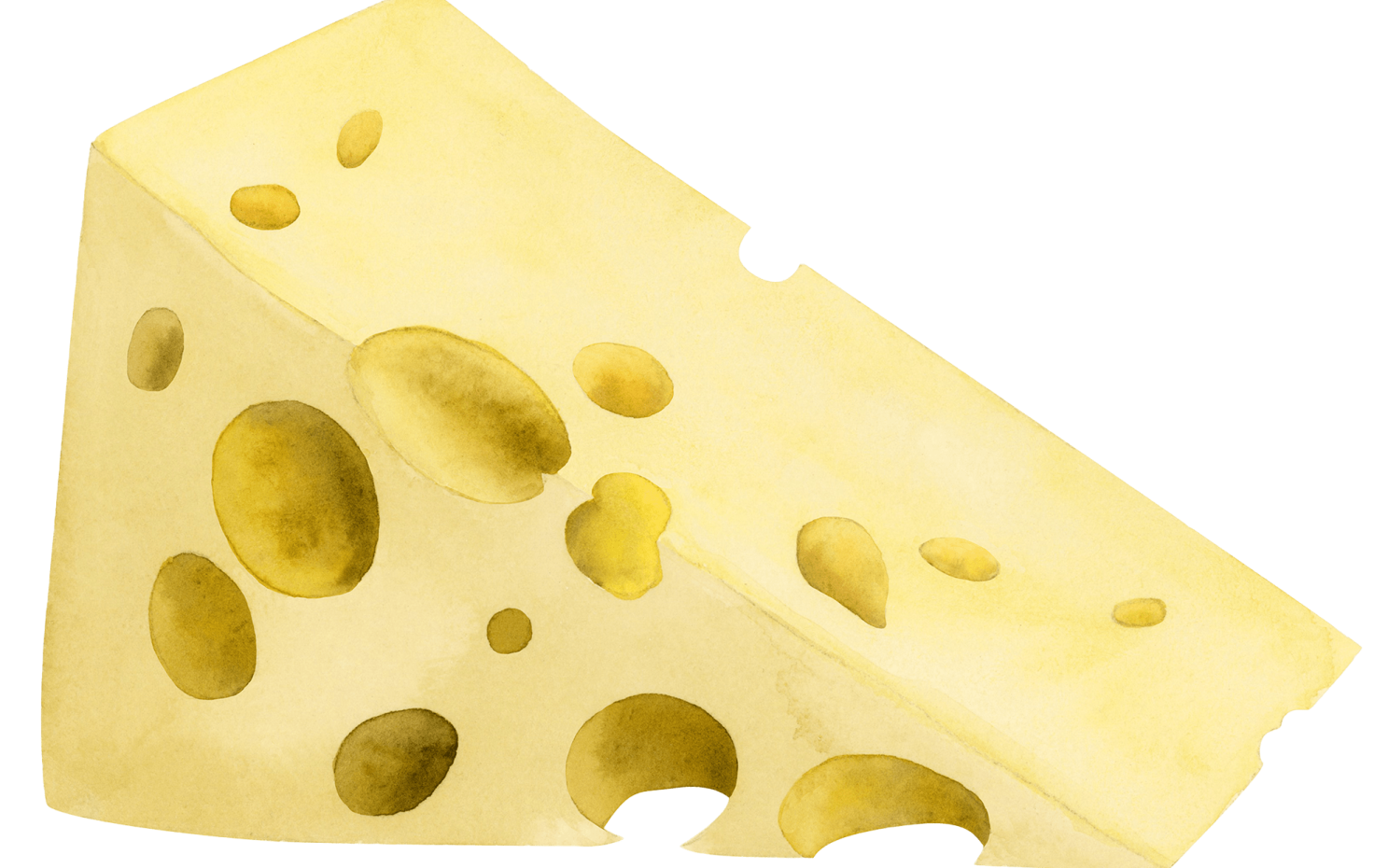How to write funny

Illustration by Liz Zonarich/Harvard Staff
For Cora Frazier, it usually starts with deep sadness
Part of the Wondering series
A series of random questions answered by Harvard experts.
The humorist Cora Frazier ’11, whose work has been featured in the Harvard Lampoon, The New Yorker, McSweeney’s, The New York Times, and on “Saturday Night Live,” recently released the podcast series “I Think You’re Projecting.” Here, she explains how she gets a laugh.
Writing humor is like giving a cloud a tune-up. The initial inspiration and delight are vaporous and hard to delineate or define, while the act of arranging jokes, paragraphs, and pages is mechanical; a writer can orient elements in specific, known patterns to create the same delight.
First, the vapor. Everyone gets inspired, but not in the same way. When I come up with my ideas, I often feel like the character Emmeline Grangerford in “Huckleberry Finn,” who wrote elegies for deceased people and animals, including, “I Shall Never Hear Thy Sweet Chirrup More Alas.” I tend toward melancholy, which can become ostentatious and funny even to me. So my ideas often originate from a deep sadness or frustration. I get so low I can barely move or think, like I am lying on a fainting couch, and I begin to hear a voice, whispering in my ear. At first I ignore it. I think, “Shh. I am too depressed.” But then the voice keeps speaking, and, eventually, I think what it’s saying might be funny. So I get up and write until the voice is silent. I don’t look at what I’ve written for days or weeks or months.
And then I become a mechanic. At its most fundamental level, a joke is a setup and a punchline. More conceptually, a joke creates an expectation and then undermines it. Jack Handey is always a good example. He sets up an expectation for what will come next: “I can picture in my mind a world without war, a world without hate.” And then he subverts that expectation: “And I can picture us attacking that world, because they’d never expect it.” Jokes follow all sorts of lengths and formats, but, fundamentally, they adhere to this concept. The laugh comes from the surprise.
In order to write a humor piece, which is a series of jokes on a similar theme, a writer needs to consistently create expectations and consistently undermine them. And one way to do this is to combine two unexpected languages. For example, Colin Nissan has a piece in McSweeney’s Internet Tendency called “It’s Decorative Gourd Season, Motherf*ckers.” His two languages aren’t especially complicated — he’s combining the language of seasonal fall home decorating with profanity (perhaps the most cross-cultural and recognizable of languages).
“Plot is an underappreciated aspect of humor writing.”
Another way to achieve this is to think of unexpected combinations in form. One of the benefits of ever-changing technology is that we are constantly creating and encountering new forms. David Sedaris’s “Yelp Reviews of Christmas” would be unrecognizable to early American humorists, but his combination of the language of Yuletide with the language of the Yelp review (“it has too many nuts in it and I’m allergic”) would be conceptually familiar, as would Veronica Geng’s “Record Roundup,” which provides music reviews of the Nixon tapes.
Ideally, the two unexpected languages can be combined infinitely to create new jokes. But how, and in what order? I think plot is an underappreciated aspect of humor writing. The most classic comedy plot is escalation to eruption. Essentially every sketch follows this format: A character does something crazy, the character does something crazier, the character does something even crazier, and boom! an eruption occurs and the sketch ends. To execute this plot in a humor piece, a writer arranges jokes in order of increasing wildness. This makes sense, if we accept that laughter is the product of surprise; once the reader knows the game of the language combination, they need something even more unexpected than what they’ve already read in order to keep laughing.
However — and this is more of a personal belief — I think that even the “escalation to eruption” plot can become expected. Readers of comedy will be familiar with it. So, when I am writing humor, I try to think of a potential shift halfway or more though the piece — a hint at change that ultimately isn’t fulfilled. I always return to the original premise at the end of the piece, because I don’t believe that comedy prose (or even a short story, for that matter) is the place for radical character change. And I think there’s something funny about a character recognizing the potential for change, truly seeing it, and deciding, “Nah. I’m going to keep doing what I’m doing.”
—As told to Anna Lamb/Harvard Staff Writer



